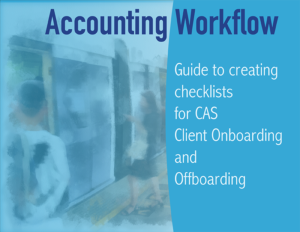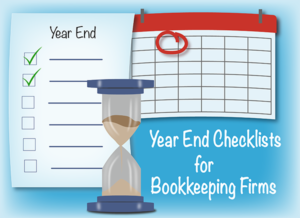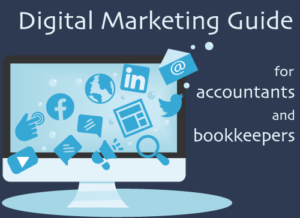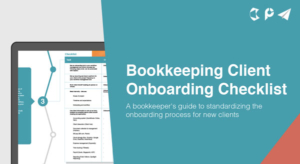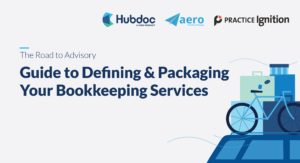The first 90 days of an engagement is a crucial period that can set the tone for your firm’s relationship with the client in the future. Therefore it’s essential that the onboarding process is not left to chance. Be proactive about creating an onboarding process that will start every new engagement off on the right foot.
Why client onboarding is important
 Client onboarding goes beyond the simple mechanics of gathering information and setting up clients with the software tools your firm uses to deliver services. It is your opportunity to set expectations for how you and your client will work together to achieve business goals. A great onboarding experience leads to happy customers, and happy customers can directly benefit your bottom line. Research shows that a 5% increase in customer retention produces more than a 25% increase in profit.
Client onboarding goes beyond the simple mechanics of gathering information and setting up clients with the software tools your firm uses to deliver services. It is your opportunity to set expectations for how you and your client will work together to achieve business goals. A great onboarding experience leads to happy customers, and happy customers can directly benefit your bottom line. Research shows that a 5% increase in customer retention produces more than a 25% increase in profit.
Make sure that your services are clearly defined
Setting expectations is a key component of the client onboarding process, so you must be able to clearly communicate your service menu. You will have already done some of this as part of the sales process, but the onboarding process gives you an excellent opportunity to revisit it. You don’t need to give the client copies of your detailed procedures, but do make sure that they understand the frequency, location (i.e., whether it’s completed on-site or off-site), the exact deliverables related to each service, and the maximum work provided, if applicable.
Assign a dedicated contact in the onboarding process
Some firms have a dedicated onboarding team or specialist. If your firm doesn’t have the resources for a full-time onboarding function, at least make sure to designate someone at your firm to be the client’s dedicated contact during their transition. Key responsibilities for this person should include:
- setting and communicating timelines and expectations for the onboarding process
- gathering necessary client information and tracking down any missing information
- assisting the client with app setup and training
- smoothing the path from sales to the dedicated accounting/bookkeeping team
Make sure your onboarding process covers all stages of client onboarding
As you develop your onboarding plan, make sure you have covered every aspect of the onboarding process. It starts when a client signs the engagement letter (by sending a welcome email letting them know what to expect in the onboarding process), on to gathering client information (make yourself a checklist so you don’t forget anything – or use the one from Aero’s Library), setting up apps and training, to a client kickoff meeting, sending a welcome package, and finally transitioning to the permanent accounting or bookkeeping team. Each stage of this process must be completed fully and correctly, to make sure you have procedures and checklists ready for your team. Aero users can grab the onboarding checklists from our library, or you can use this awesome guide to build your own.



